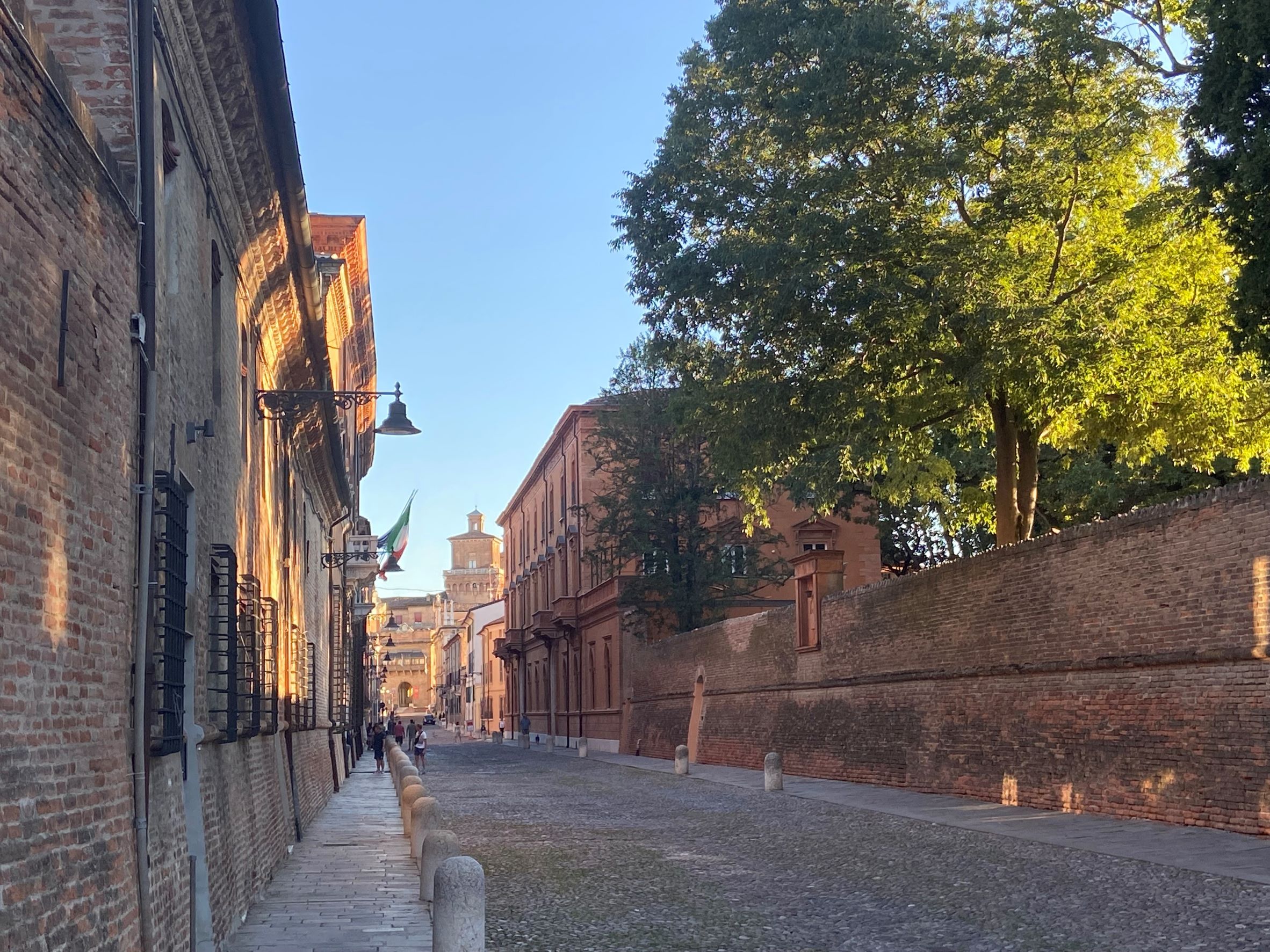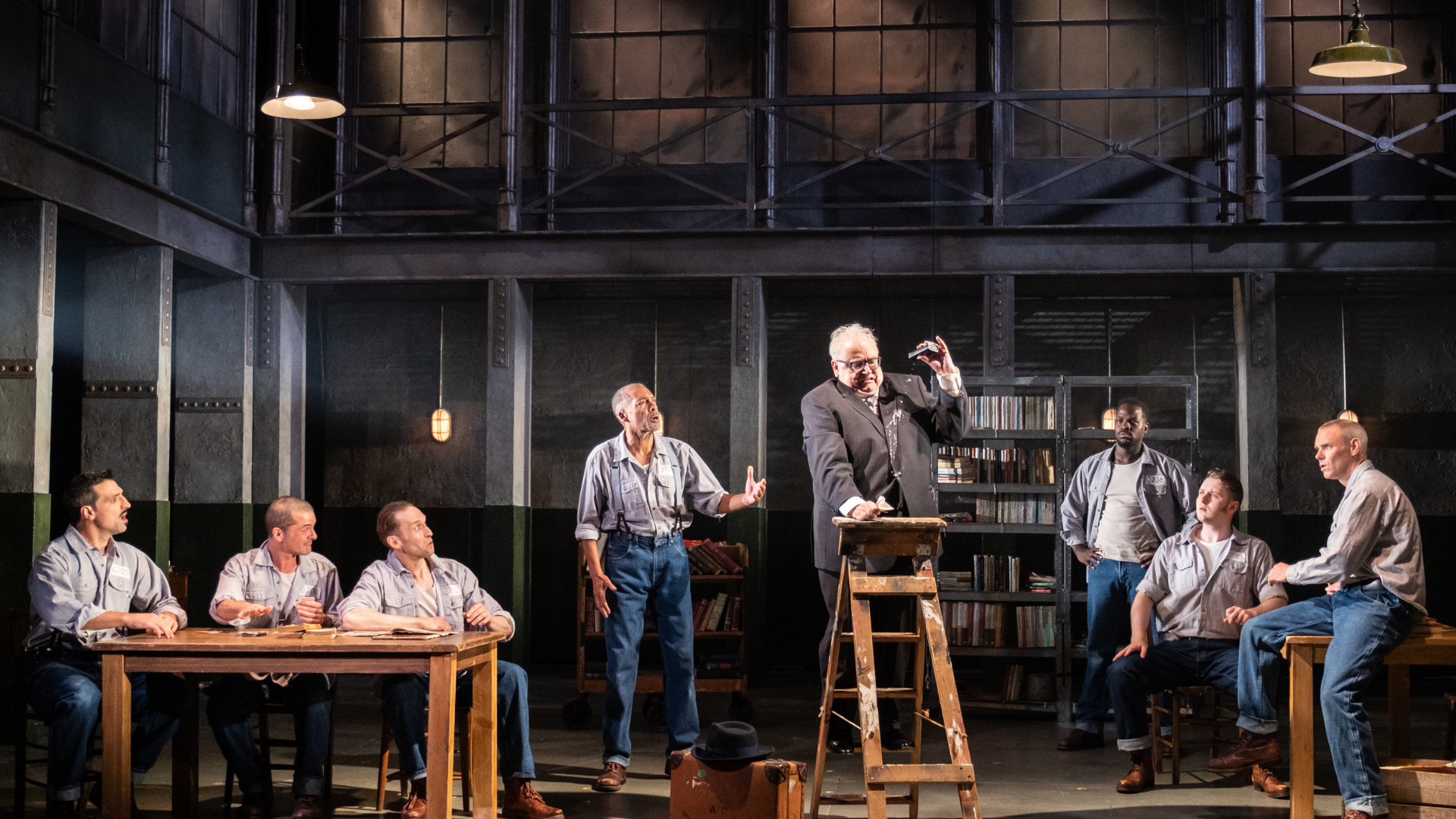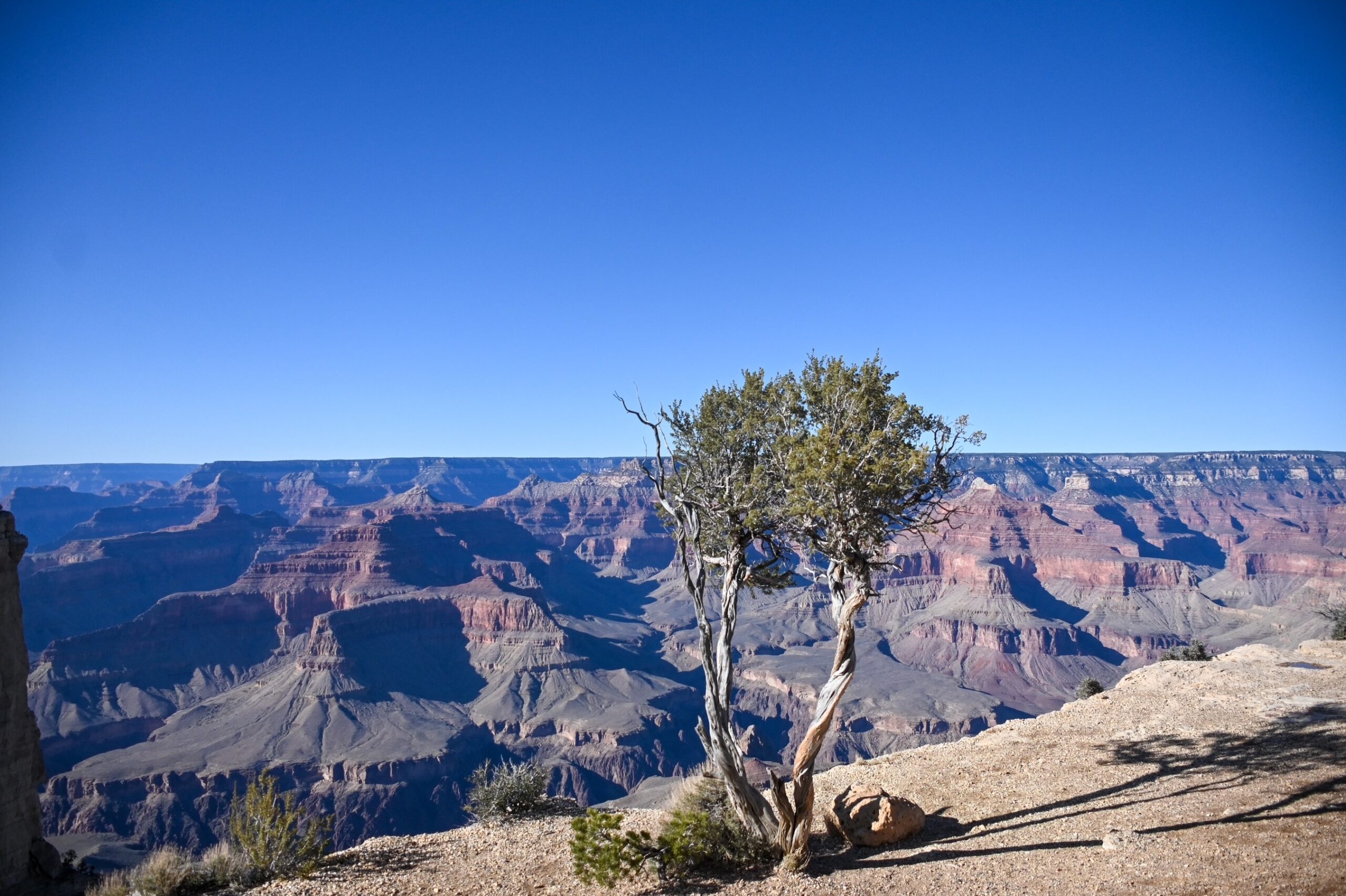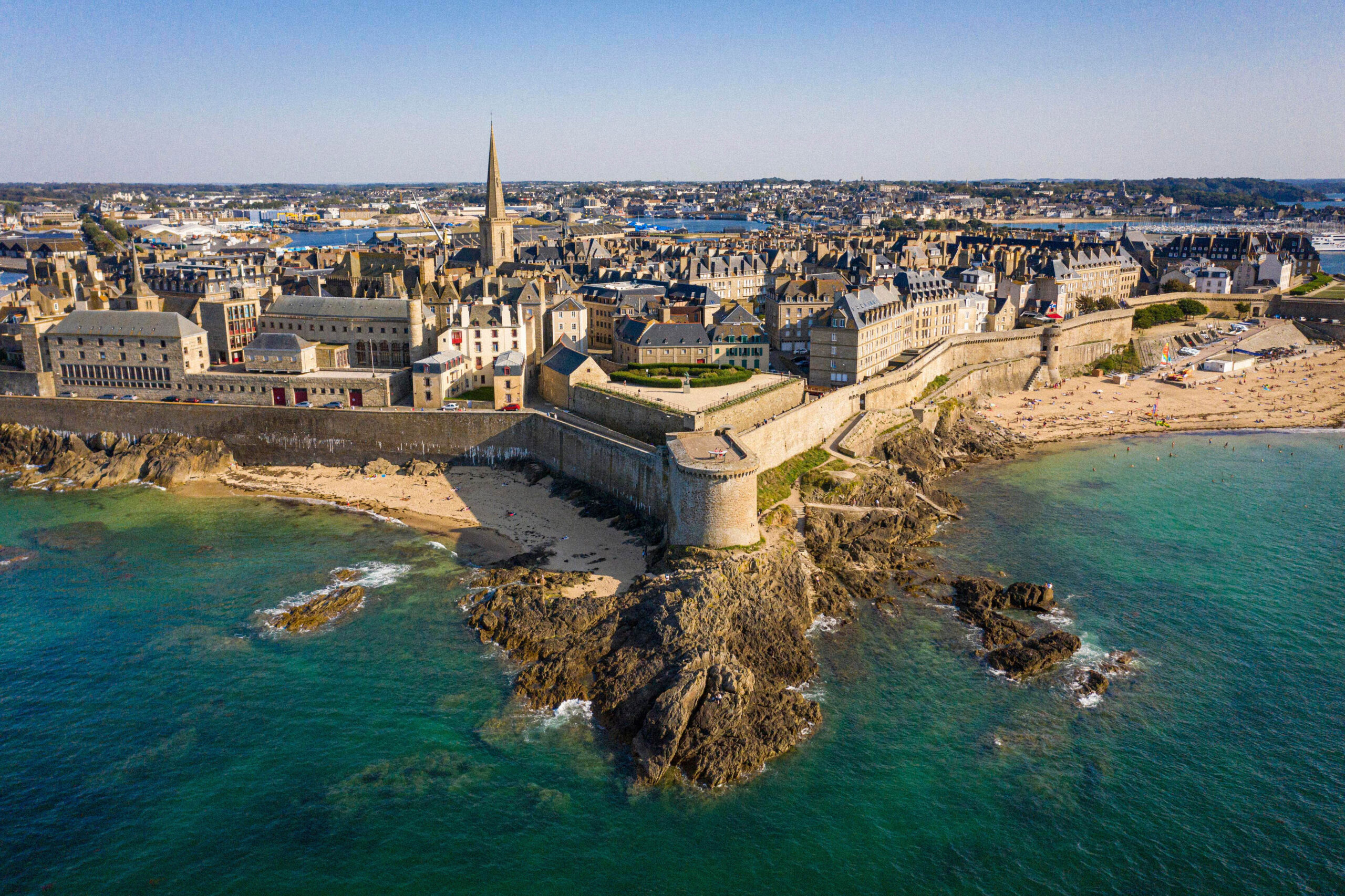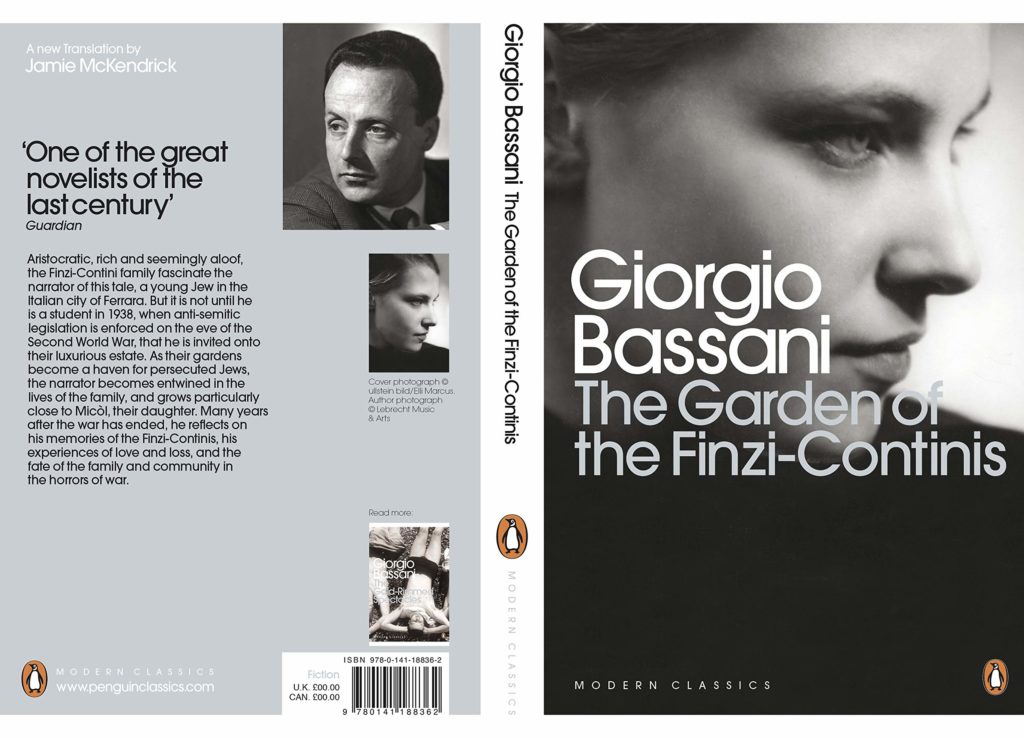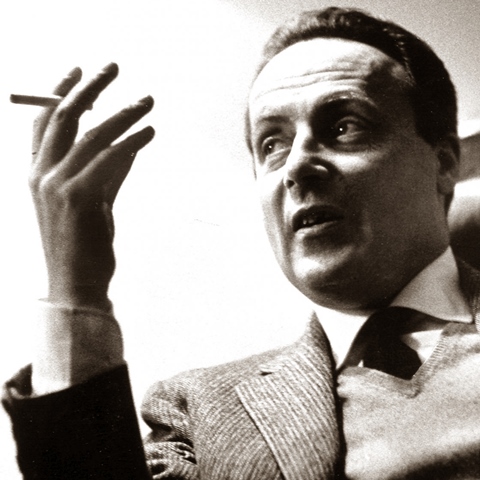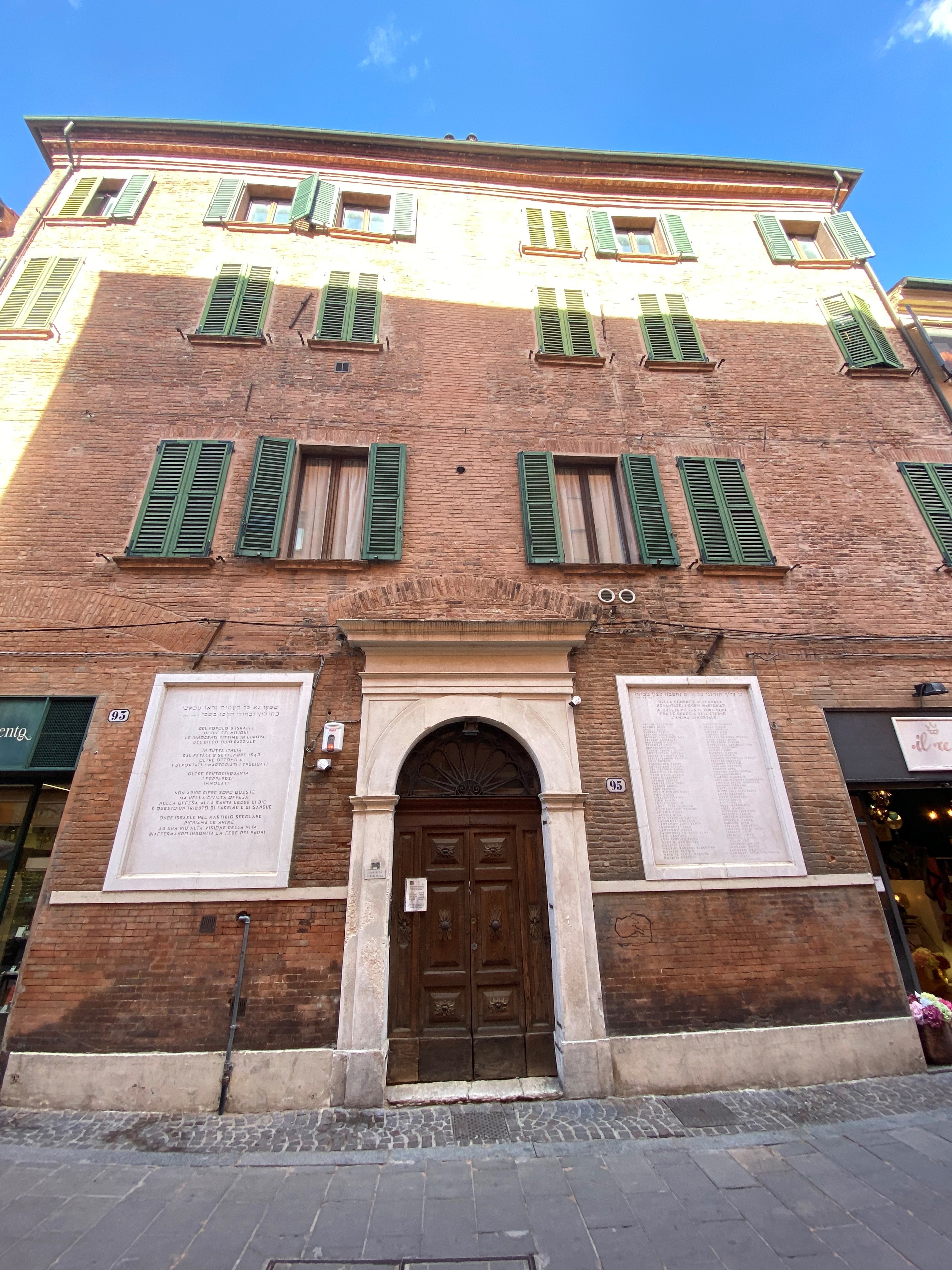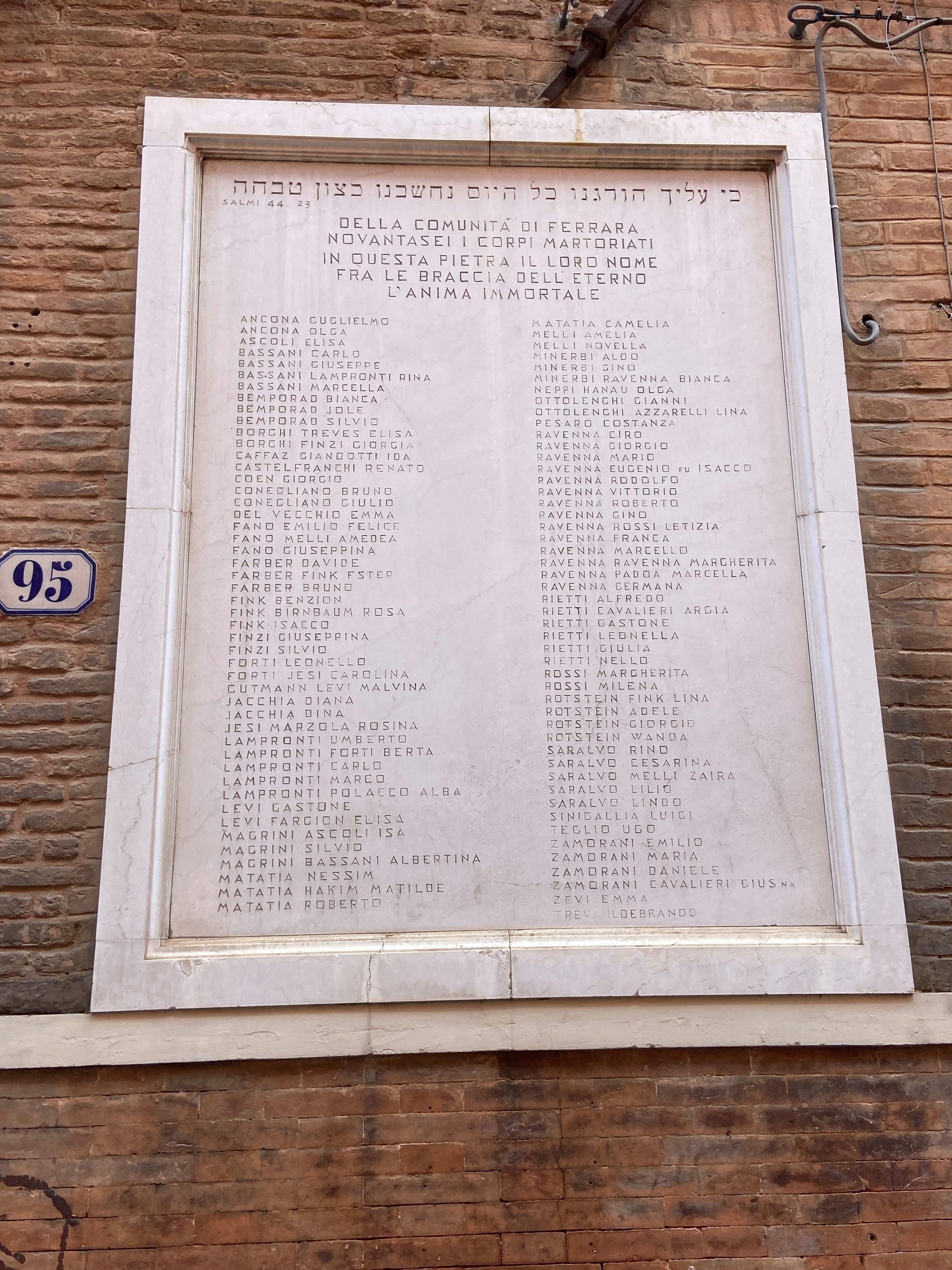I had seen the Este Castle and the Duomo. I had walked along Via Mazzini and Via Vignatagliata in the old Jewish quarter of Ferrara. I had just stopped in front of the Bassani family house. I had a few minutes left to try to locate Giorgio Bassani’s grave in the cemetery, on which gate, at the end of the street, I could see the Star of David and inscriptions in Hebrew. Google had told me that the cemetery was open until 6:00 p.m., but when I arrived fifteen minutes before, I found myself in front of a closed door. On this warm August evening, the janitor must have closed a little early. I was about to continue my itinerary towards the town’s Charterhouse, when a car parked in front of the gate and a man got out and entered the small house at the entrance. I turned around and looked at him. He motioned for me to come closer. He confirmed that I had only ten minutes left for the visit, explained to me how to get to the writer’s grave – to the right and then at the back – and handed me a black paper yarmulke to cover my head.
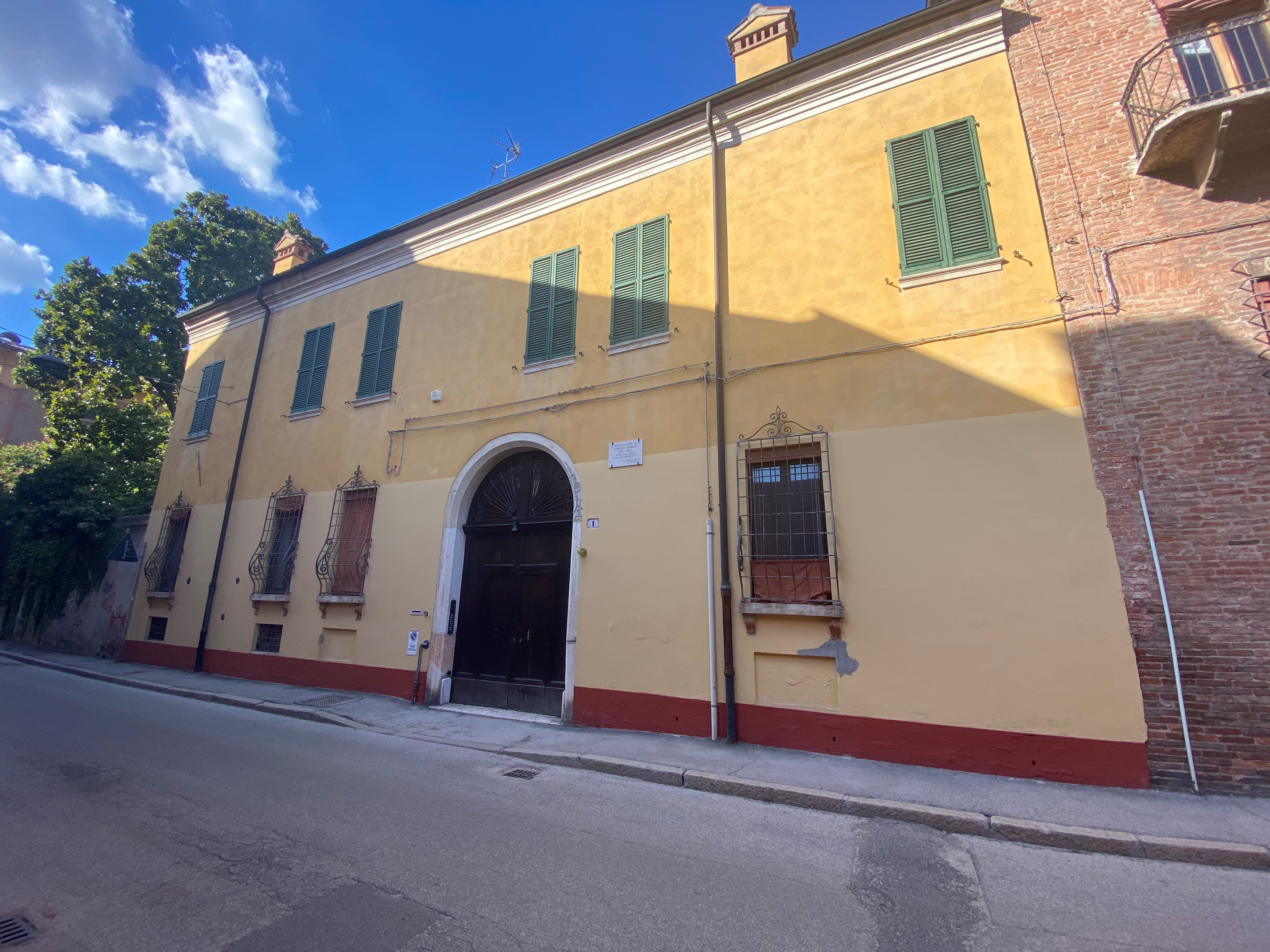

I found Bassani’s grave. I had the opportunity to walk around the cemetery, which is in fact a large, enclosed garden in the heart of the city, with century-old trees, wide lawns, and here and there, forming clusters, tombstones and funerary monuments, some very old, others, less numerous, more recent. Of course, this garden and these walls evoked in me “The Garden of the Finzi-Continis“, the most famous novel by the Italian writer. Later that evening, as I walked down Corso Ercole I d’Este from the Angel’s Gate, I recognized the door and the walls in front of which, in Vittorio De Sica’s film adapted from the novel, the young tennis players, all dressed in white, stopped their bicycles before entering to participate in the tournaments organized by Micòl and his brother Alberto.
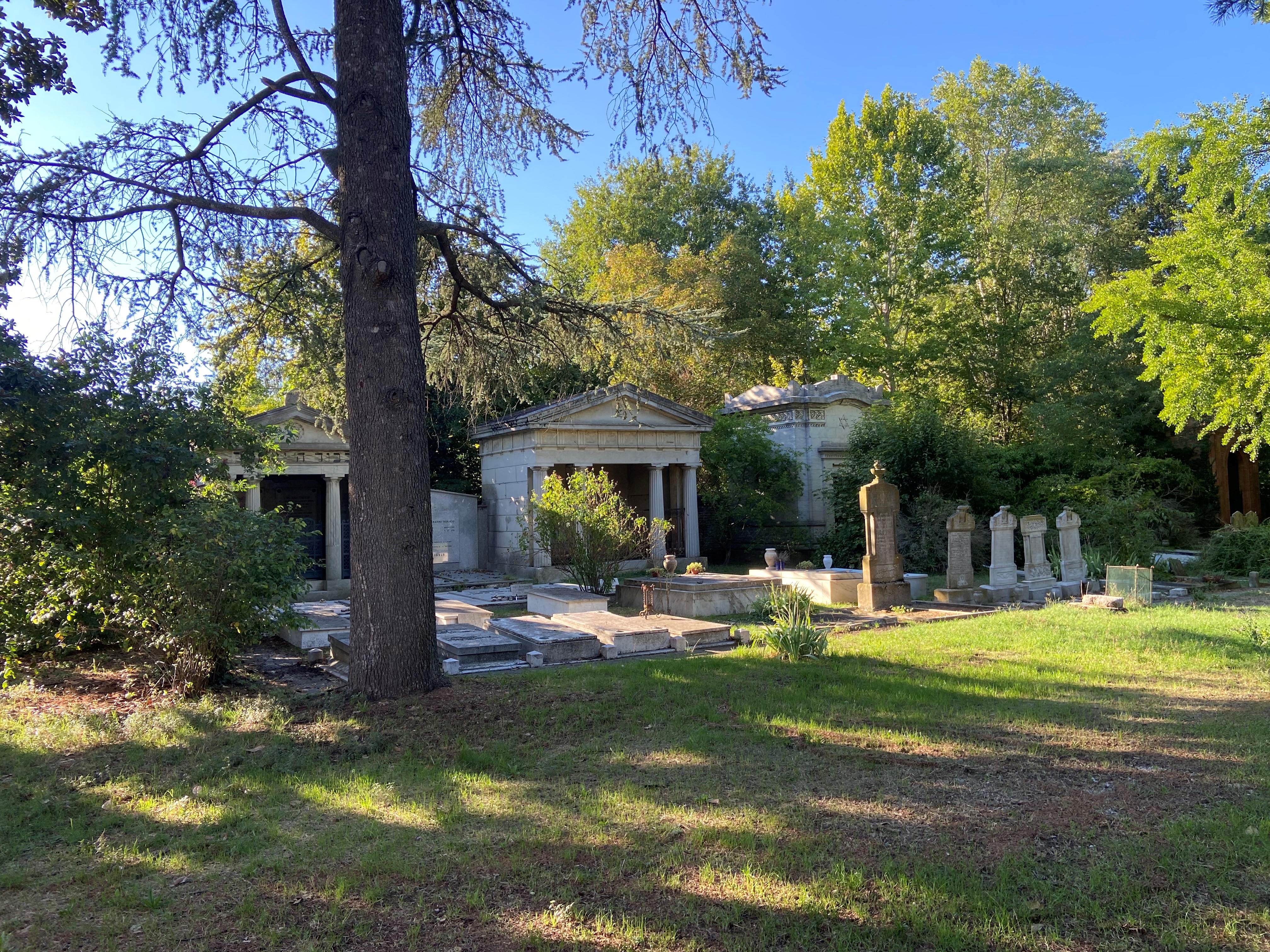
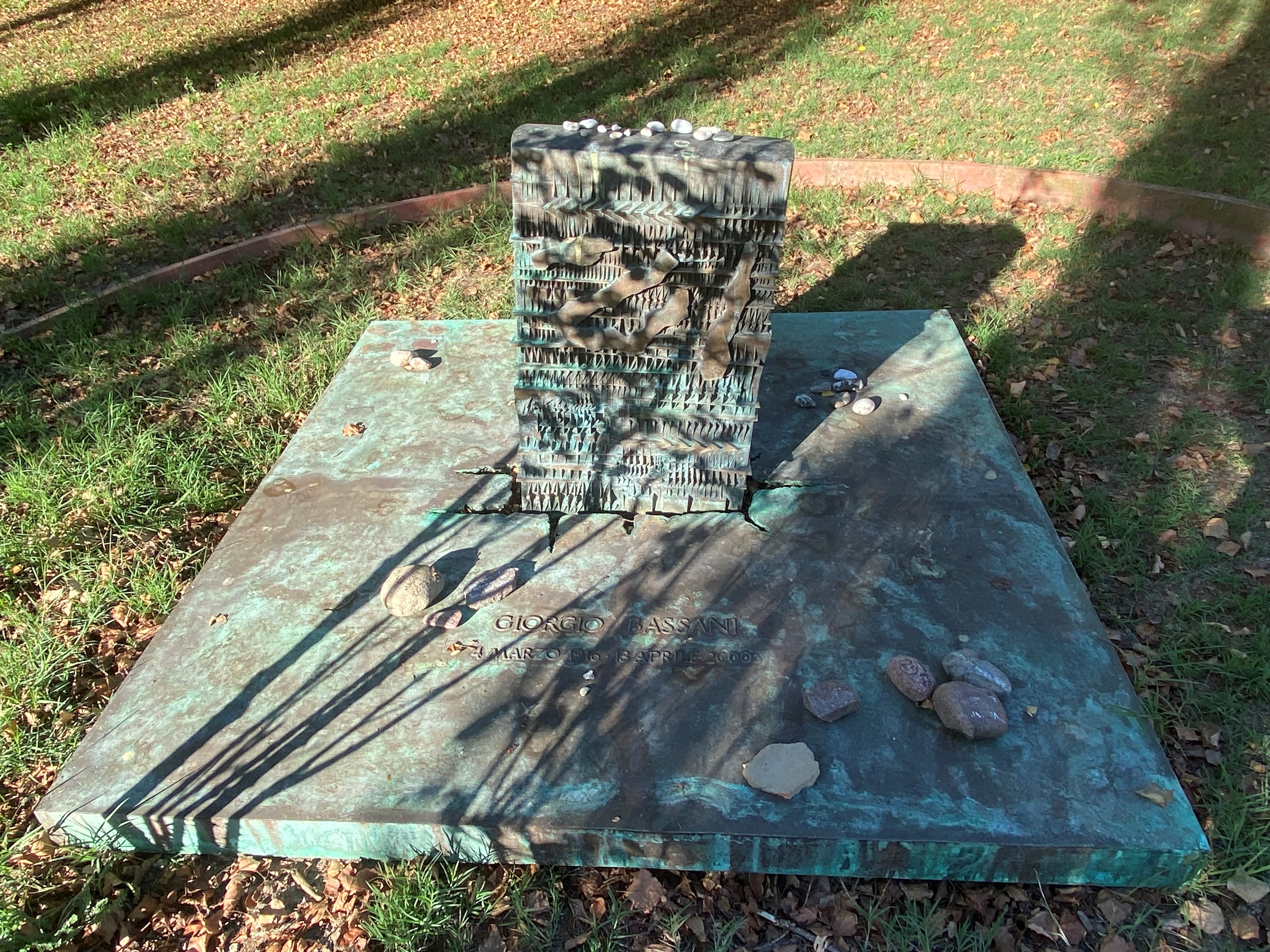
I had read this novel a long time ago and rediscovered it in audio version when I was in Ferrara. The Finzi-Continis are a rich and prestigious family from Ferrara who live in a beautiful estate. But in 1938, the racial laws promulgated by Mussolini’s regime led to the exclusion of Jews from many official institutions, such as the university, but also from the city’s tennis club. Alberto and Micòl Finzi-Contini invite their friends, Jews and gentiles, to join them to continue playing. Georgio meets Micòl, whom he used to glimpse at in the synagogue, and with whom he has been in love ever since she invited him to cross the wall of their estate when they were still children.
The relationship between Giorgio and Micòl has its ups and downs, as they try to finish their university theses, despite the racial laws, he in Bologna and she in Venice. They meet again in Ferrara, in this beautiful and closed garden that seems to protect them from the outside troubles. But for how long? The film ends with the arrest of the Finzi-Continis, while the novel begins with a chapter about their funeral monument and indicates that the entire family perished in the extermination camps.
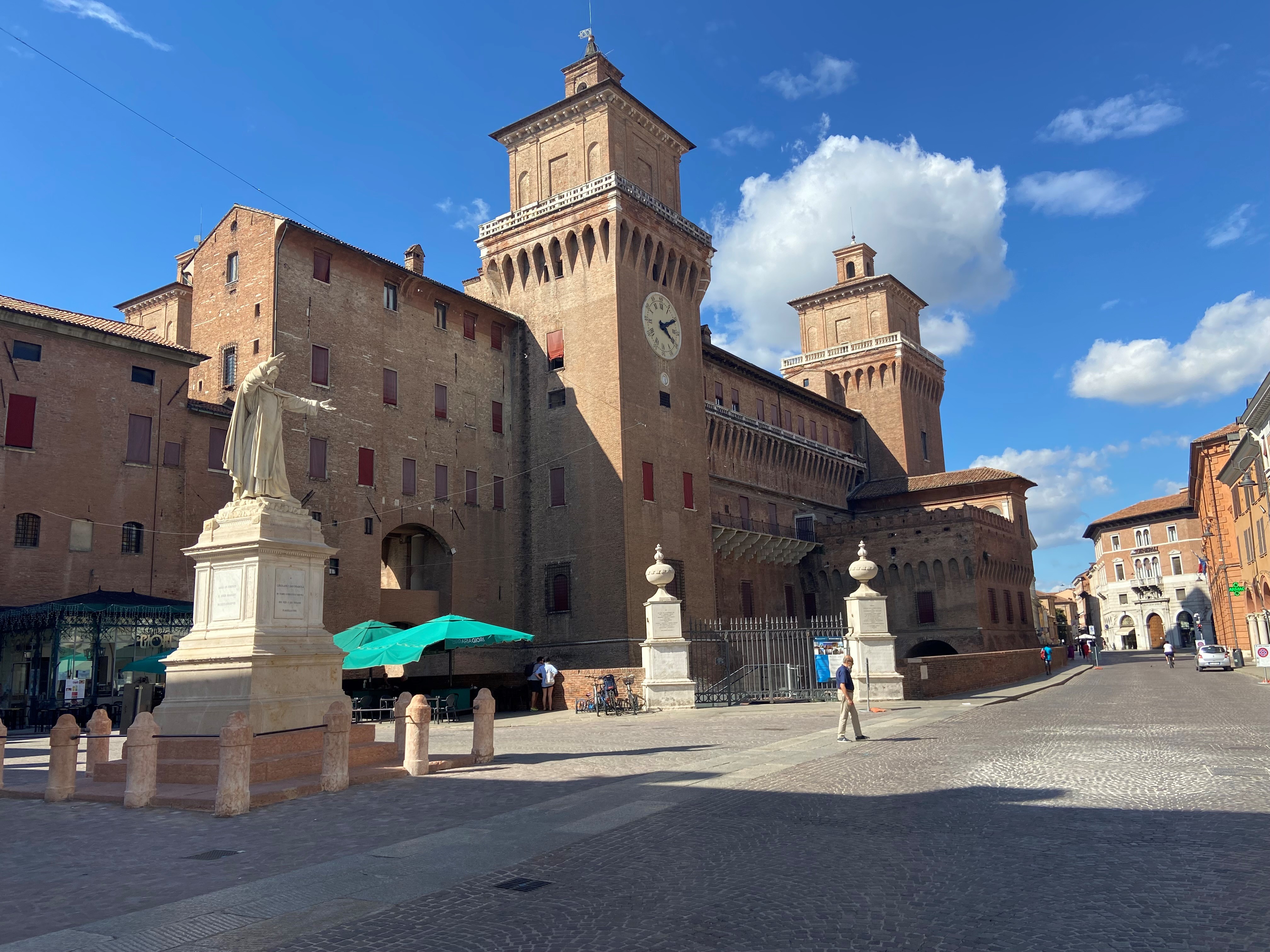
In “The Novel of Ferrara”, the book by Georgio Bassani that includes most of his work (including “The Garden of the Finzi-Continis”), the short story “A Memorial Tablet in Via Mazzini” tells the story of Geo Josz, deported to Buchenwald, and the only survivor of the 183 Ferrarese Jews deported during the Holocaust. At 95 Via Mazzini – the address of the old synagogue – two plaques evoke the memory of all the Jews of Ferrara who died in the camps.
